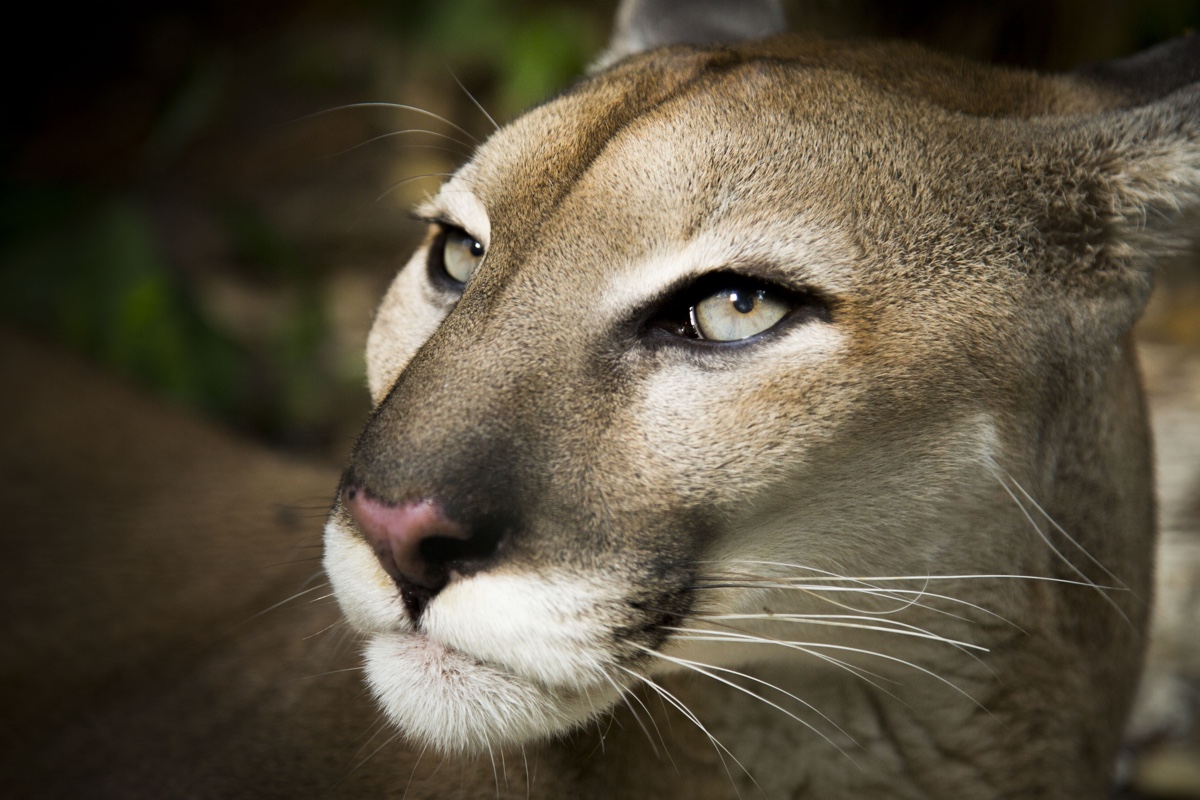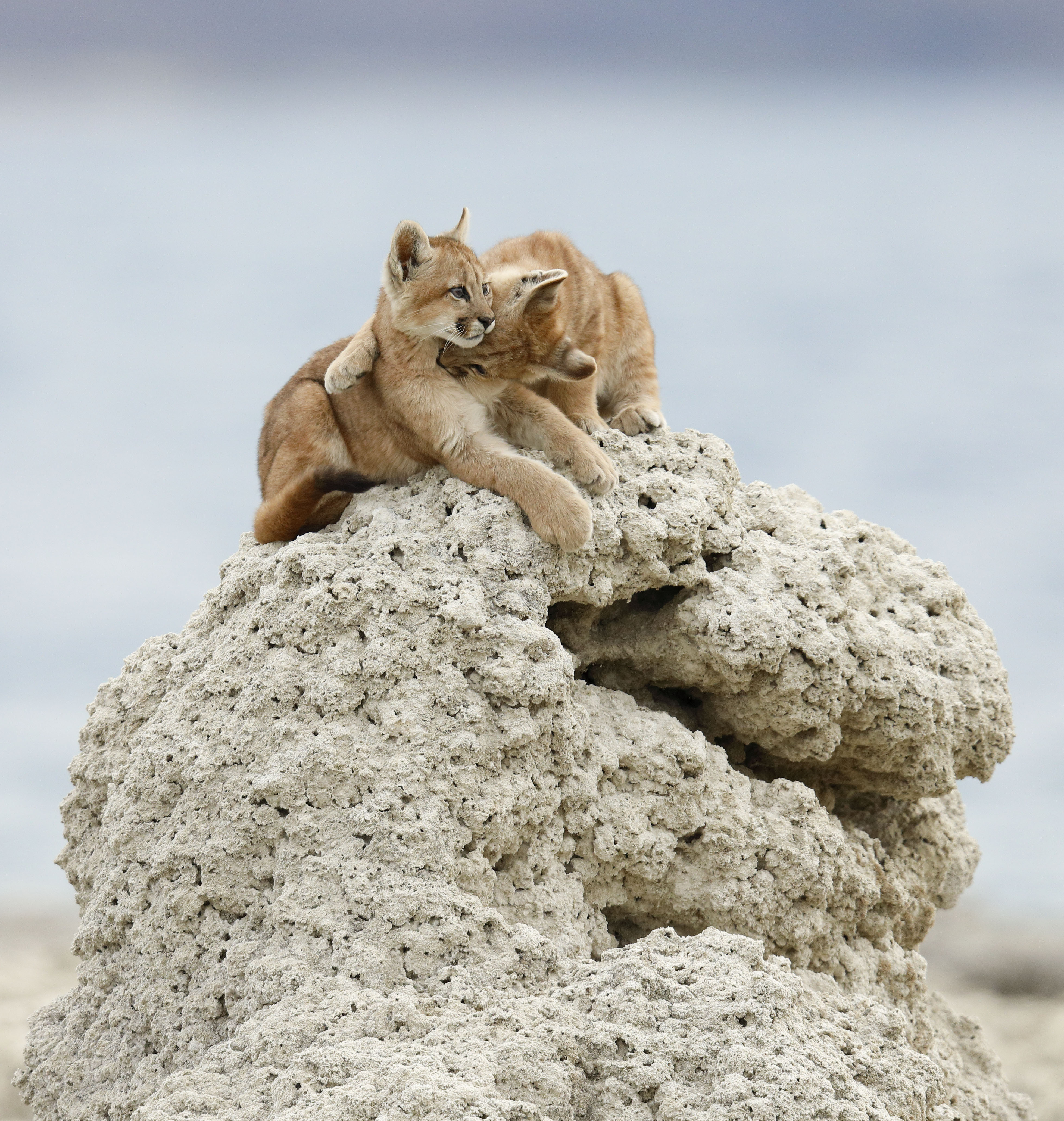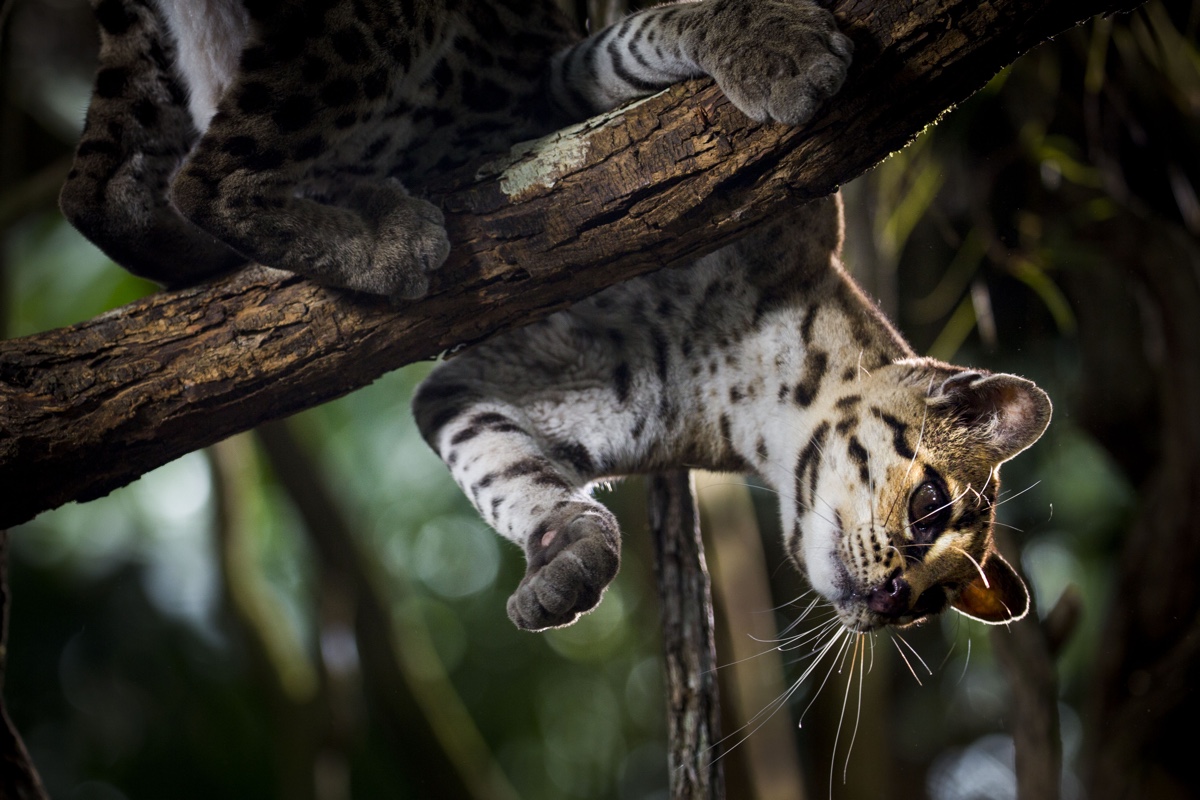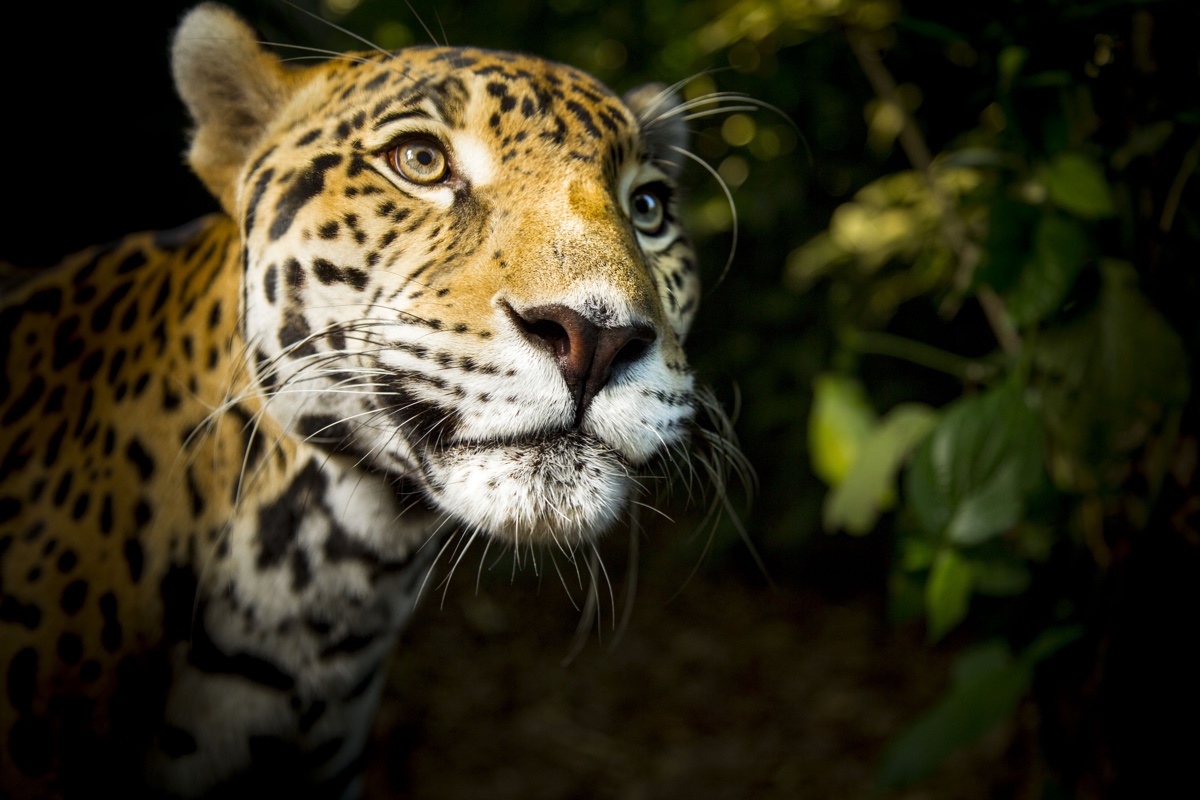Meet the Rare and Fabulous Felines of 'Super Cats' (Photos)
Cheetah

Cheetahs (Acinonyx jubatus), Namibia. Cheetahs are not just the fastest cats but the fastest animals on land, too. The latest research is beginning to reveal that it is their extraordinary manoeuvrability that really gives them the killer edge.
Leopard

Leopard (Panthera pardus), Namibia. Leopards thrive in more environments than any other wild cat but that does not mean life is easy. Leopard mothers must leave their vulnerable young cubs if they are to hunt successfully.
Rusty spotted cat

Rusty spotted cat (Prionailurus rubiginosus), Sri Lanka. This miniature predator is the world’s smallest cat, so small that they are happy dining on bugs.
Pumas

Pumas (Puma concolor) are the widest-ranging mammal in the Americas, thanks to extraordinary adaptability and an eye for opportunity. They even stalk the most unlikely of prey: penguins.
Puma cubs

Puma cubs (Puma concolor). Puma, mountain lion, cougar: these are all names for the same cat. In fact, they hold the Guinness World Record for more names than other animal, perhaps thanks to their extraordinary range, from the North to the South of the Americas.
Margay

Margay (Leopardus wiedii), Central America. Margay are the tree-climbing experts of the cat world. They will never get stuck in a tree; their ankles can rotate 180 degrees, allowing them to walk down vertically.
Jaguar

Jaguar (Panthera onca), South/Central America. Jaguars are the largest cat in the Americas and have a bite to match. For their size, it's the strongest of any cat, allowing them to dispatch monstrous prey such as caiman crocodiles.
Get the world’s most fascinating discoveries delivered straight to your inbox.

Mindy Weisberger is a science journalist and author of "Rise of the Zombie Bugs: The Surprising Science of Parasitic Mind-Control" (Hopkins Press). She formerly edited for Scholastic and was a channel editor and senior writer for Live Science. She has reported on general science, covering climate change, paleontology, biology and space. Mindy studied film at Columbia University; prior to LS, she produced, wrote and directed media for the American Museum of Natural History in NYC. Her videos about dinosaurs, astrophysics, biodiversity and evolution appear in museums and science centers worldwide, earning awards such as the CINE Golden Eagle and the Communicator Award of Excellence. Her writing has also appeared in Scientific American, The Washington Post, How It Works Magazine and CNN.


